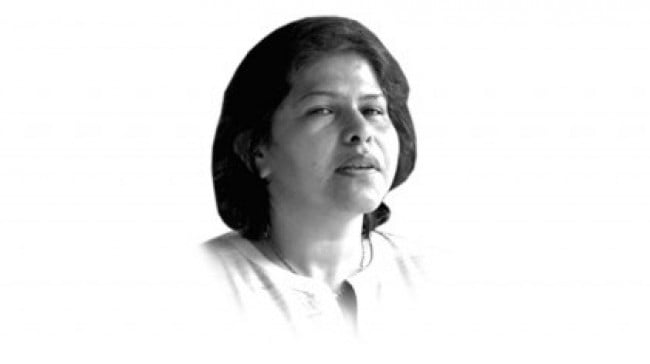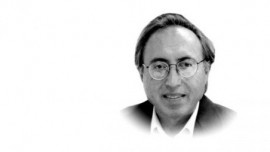
Faisal Shahzad seems to have shocked a lot of people because he didn’t fit the stereotype of jihadis in Pakistan. It is generally believed that most, if not all, militants in the country come from poor backgrounds, and are Pashtuns. Shahzad’s link with Peshawar is being blown out of proportion. The fact that his air vice-marshal father lives in Hayatabad is considered proof enough of Shahzad’s involvement with jihad.
No one is keen to emphasise that Shahzad also spent time in Karachi and other urban centres. He was an uppermiddle class boy who must have gone to good schools and associated with the ‘right’ kind of a crowd at home. So, was it his Kashmiri background that explains his jihadi involvement? Reports indicate that he was influenced through his readings of Anwar al Awlaki – an American born Muslim cleric with links with al Qaeda and known for inciting terrorism.
There is also the possibility that under Awlaki’s influence, Shahzad may have found his way to some militant outfit. Many point fingers to Jaish-i- Muhammad that operates in urban centres including Karachi — people may want to remember the turbulent period in the country’s largest cosmopolitan during the 1990s when it was allowed to expand its influence in Karachi to checkmate the MQM’s. The Sipah-i-Sahaba Pakistan, the mother organisation of all jihadi groups, has a huge following in Karachi. The top leaders of jihadi movement from Punjab get their ideological training in Karachi. Unfortunately, there is no social history of the city which can show the transformation of Pakistan’s only cosmopolitan city.
Not to forget the process of radicalisation that Karachi and other urban centres went through during the 1990s when the Farhat Hashmi phenomenon had come into being. Hashmi had started al Huda from Karachi to get puritanical Islam into upper and middle-class households. It is believed she condemns terrorism, but she is one of the forces that have aligned thinking in middle-class Pakistan in a manner which could later be manipulated effectively by others.
We needn’t be shocked with what Faisal Shahzad did considering that there were ample opportunities for him to get converted to an idea. His middle-class background was not a bulwark against rabid ideology. In fact, the middle-class anywhere in the world is the most conservative. Granted that an upward socially mobile family like Shahzad’s would not easily tempt fate and join the ranks of jihadis but the possibility is always there. Shahzad is an exception for deciding to do something with his ideas. The rest of the middle class in Pakistan confines itself to donating money for jihad and related causes. Most would happily see children of the less affluent go and sacrifice lives for causes that they believe in. A probe into the accounts of mosques and madrassahs would expose the footprints of the middle-class. In such an environment there are many Faisal Shahzads waiting for their turn to surface. Nothing can change their thinking because there is no alternative religious discourse available to them. The definition of a holy war underwent a drastic change during the 1990s by the leadership of numerous jihadi outfits. There is little in the public domain to challenge the trend since most educated people tend to stay away from religious discourse. The state has been inept in protecting and providing space to religious scholars that highlight liberal alternatives within Islam. Thus, scholars like Fazlur Rehman and Javed Ghamdi were hounded out of the country because the state was not willing to protect them.
Such alternative discourse is the only method for Pakistan and other Muslim societies to gain some sanity.
















































COMMENTS (16)
Comments are moderated and generally will be posted if they are on-topic and not abusive.
For more information, please see our Comments FAQ